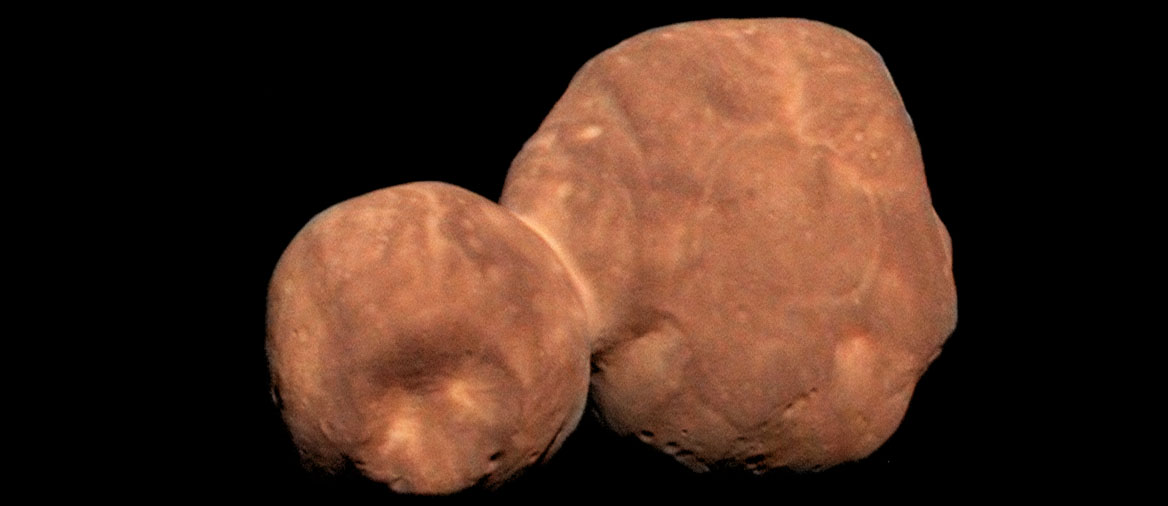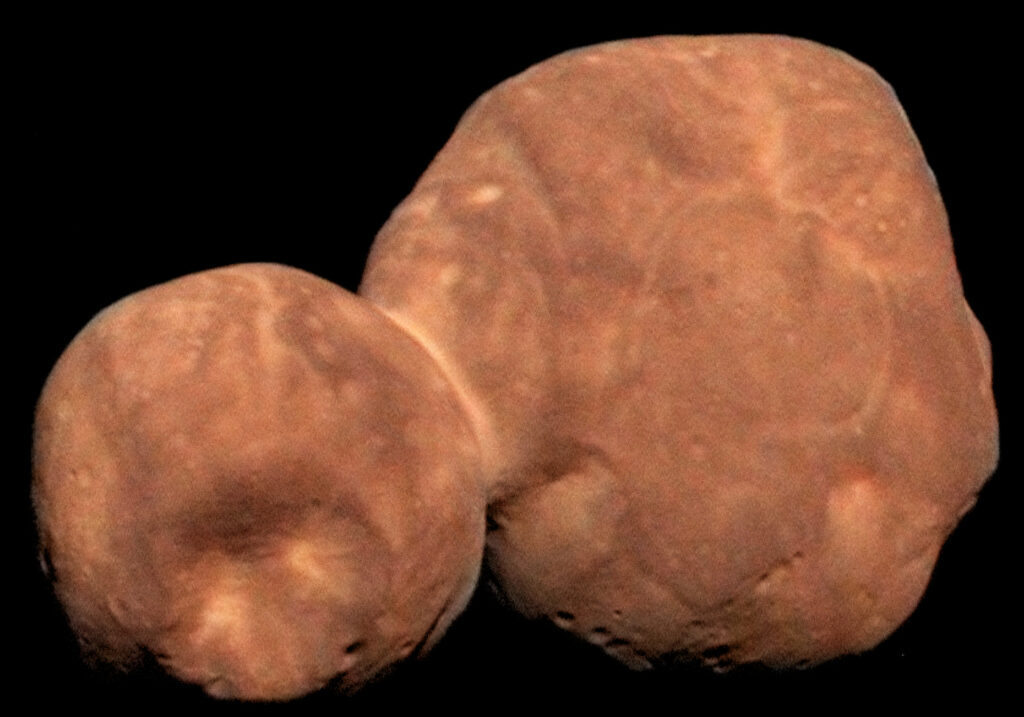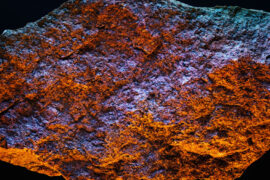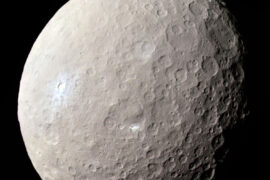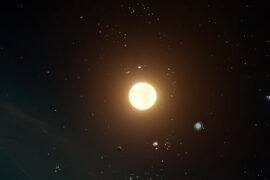There are many types of objects in space with similar names and understanding the difference between them can get difficult.
One of such cases is words that contain “planet” in them. You have planets, dwarf planets, planetoids, protoplanets…you get the idea.
Today, we will be taking a look at planetesimals. We will establish a clear and easy-to-understand definition so you can easily tell them apart from all the other types of objects. We will also learn a bit more about them, which will help us learn more about the Solar system’s origins as they played a relevant role in that process.
What is a planetesimal?
Planetesimals are objects made out of rock and ice that formed during the solar system’s early days. You can think of them as the ancestors of planets or very small versions of a planet.
Every planetesimal can become a protoplanet, and later a planet, only a few of them do. As a matter of fact, the large majority of planetesimals were ejected from the center of the Solar system and were sent into the Oort cloud, a large region in the outer edges of the Solar system that contains billions of asteroids and comets.
An object is considered a planetesimal when it is larger than 1 kilometer long (0.6 miles) and can be found orbiting a star. This is where the confusion begins as that is also the same definition of an asteroid. That is because the terms planetesimal and asteroid can be used interchangeably as they refer to the same type of object. The only difference is that planetesimal is more often used in the context of the early days of the Solar system and the origin of planets.
The word planetesimal is derived from the word infinitesimal which is used to refer to a small number close to zero because when compared to a planet, a planetesimal is a very small astronomical object.
Formation of a planetesimal
Scientists believe that planetesimals are formed through a process called accretion where tiny particles of dust, ice, and gas clump together as they travel through space to form larger and larger chunks. Once these chunks reach a certain size, their gravity pulls other pieces to form even bigger objects and so the process can continue until the object reaches the size of a planetesimal.
Later, if the planetesimal keeps bumping into other objects it might become large enough to become a protoplanet which in turn can become a planet.
Sometimes due to gravitational interactions with larger objects or violent collisions, planetesimals end up being ejected from the Solar system or captured within a stable orbit. For example, some moons such as Phoebe in Saturn, are captured planetesimals.
Difference between planetesimal, planet, and protoplanet
A planetesimal, a protoplanet, and a planet can refer to the same object at different stages of its life. The main difference between all of them is their size.
If you know Pokemon, think of a planetesimal as the Charmander stage, a protoplanet as the Charmeleon stage, and a planet as the Charizard stage.
The similarities between planetesimals, protoplanets, and planets are:
- They all orbit a star (the Sun)
- All of them formed out of the same materials (rock, dust, gas, ice)
- All of them formed through accretion
The differences between them include
- Their size. Planetesimals are the size of an asteroid. Protoplanets are about the same size as a moon. Planets are the biggest of them, but smaller than a star.
- Their shape. Due to their smaller size, planetesimals are not always spherical. Both protoplanets and planets have enough mass to reach hydrostatic equilibrium which is the point where gravity makes an object shape itself as a sphere.
- Planets also need to fill an extra requirement to be classified as one. That is, they must clear their orbits out of all other major objects. This is called orbital dominance.
Famous planetesimals
There are a few very primitive planetesimals that astronomers are aware of. They are very important because they might hold keys to better understand the origin of planets and the Solar system.
Some examples are:
486958 Arrokoth
Arrokoth, also known as 2014 MU69, is a very curious object located in the Kuiper belt (an asteroid belt located beyond Neptune). It sparked the interest of astronomers because it is not one, but two planetesimals fused together probably because they crashed into each other millions of years ago.
Arrokoth can reveal mysteries about the interactions of objects in the early Solar system, the origin of planets, and the composition of the Solar nebula from where the Solar system was formed.
That is why in 2019 it became the most primitive object visited by a spacecraft when the New Horizons probe flew by it on January 1st, 2019.
Triton, Phoebe

Some moons such as Neptune´s moon Triton and Saturn´s moon Phoebe, are believed to have started as planetesimals.
These objects were captured by the gravity of these planets and became natural satellites.
Summary
- A planetesimal is a small-sized astronomical object larger than 1 kilometer and smaller than a moon.
- Asteroids and comets can be considered planetesimals.
- Planetesimals are made out of rock, ice, and metal.
- Planetesimals are the first stage of a planet. These stages go planetesimal > protoplanet > planet

